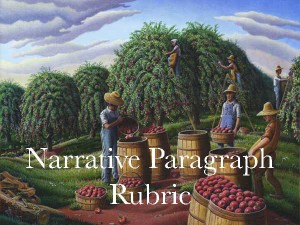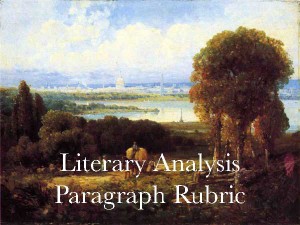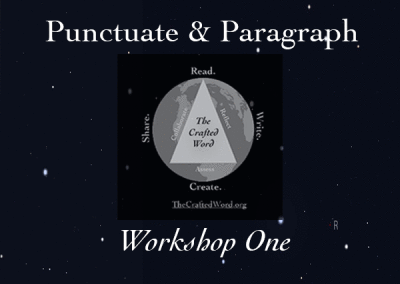Paragraph & Punctuation Power
An Eight Unit In-Depth Exploration
of the Most Essential Skills a Writer Needs
(Includes a free Crafted Word Blog)
The ability to write a meaty and meaningful paragraph and to punctuate with confidence and clarity is a skill that takes a lifetime to develop. To me, these two skills go hand in hand and are the basic building blocks for any aspiring writer to master and perfect. The Paragraph & Punctuation Power course is an eight unit course designed to help writers learn how to create paragraphs–short and long–that convey and recreate your thoughts as effectively and forcefully as needed. Each unit is composed of rubric and theme-based paragraphing assignments to help guide and structure a specific paragraph for a specific audience, as well as punctuation skills, quizzes, how-to videos and practice drills and assessments. Upon successful completion of each unit, you will receive detailed feedback on your strengths and weaknesses and, if you prove yourself proficient in that unit, access to the next unit. Each unit is designed to take three to five hours to complete.
Whoa! That’s a lot of units for for something so specific…
- That is because the bulk of all writing is paragraphing and punctuating, and once you master these skills “everything” you write will that much better, that much more clear effective, and that much more engaging for your readers.
I already know how to write paragraphs…
- This what most people say, but the ability to write a good paragraph in specific situations is a skill that continually needs to be developed and practiced–and we can help you write paragraphs that rise above the ordinary and that flow with narrative fluency and engaging and relevant content.
What is so different about your approach…
- For starters, we teach how to write paragraphs in cool, fun, and easy to understand videos like this:
- And we have really cool rubrics for every step of different kinds of paragraphs
Like these…
- And we explain what paragraphs really are…
The Power of Paragraphs
An Introduction to Narrative Paragraph Writing
If some alien linguists came to earth to study how we communicate with each other, they would probably return to Alien World University and tell their scholarly alien brethren how we create and assign words to our thoughts, and then we share these words either by sound (by talking with each other) or by changing those sounds into a strange and silent written language (written words) that tries to recreate the way we humans talk with each other. Further study would show that we group our thoughts (and hence words) into blocks that we call sentences and paragraphs. Sometimes we group a series of related paragraphs together into an essay, or a speech, or a story. In short, they might say that we communicate using a trinity of expression: a sentence is a thought fully expressed; a paragraph is a thought fully explained; while an essay (or any longer writing piece) is a thought fully explored.
The perceptive alien would notice that we humans have no difficulty speaking in sentences and paragraphs, but we sometimes have a heck of a time trying to do the same when putting our words into writing because most of us humans do not really know (or even have to care) what is and what is not a paragraph. But we should care, because a well-spoken or well-written paragraph adds detail, clarity, and beauty to even the most common thought.
It is important to remember that a paragraph is always born in a single thought, and that paragraph ends with the original thought more fully developed and explained. In a way, a paragraph is like caterpillar that transforms into a butterfly. The original thought ends the same, yet different.How long it takes for that caterpillar to become a butterfly is up to the writer. There is no minimum length for a paragraph. The maximum length is just before the writer drifts or shifts away from the original thought. Generally speaking, the more deep and complex the original thought, the longer a paragraph needs to be; however, if a writer is simply presenting the facts of a story (as in the news) the paragraphs are often remarkably brief–oftentimes just one or two sentences. Check out CNN or The BBC News and see how long their paragraphs are in today’s news stories. Now check out the longer lengths of the paragraphs in a recent New Yorker article about the basketball player Yao Ming.
In short, a paragraph simply needs to do what you (as a writer) need it to do. All of this might fly in the face of those of you who have been told that a paragraph needs to be five sentences long, or have three supporting facts, or a topic sentence at the start, or it needs a quote. Really, all a paragraph must do is explain, elucidate, expound, and/or explicate an idea, thought, experience, or fact. Once that is done, after ten words or ten hundred words, it is time to end the paragraph and move on to the next one.
One of the ironies of my life as a writer is that I have always felt that writing is an organic process that tries to recreate the voice that speaks within us; but, here I am as a writing teacher creating all these “rubrics” and “formulas” to help my students write more effectively. My hope is that the rubrics will help them any aspiring writer find and develop that inner voice that is completely and uniquely his or her own.
This formula for narrative paragraphs is based on the way we would naturally talk about an experience we have had: we introduce what we want to talk about; we narrow it down to something specific and more focused; we offer proof that we have had the experience, feeling, or thought, and then we add some commentary or further explanation. Anything less than this and we run the risk of sounding disjointed, confusing, and random.
There are no “laws” for writers, nor are there really any “rules” aside from what teachers or employers impose, but there is an audience out there, and if confuse them, you lose them. At the very least, if you try this formula, you will write a focused and logically structured paragraph; moreover, with a little bit more effort, you can write paragraphs that ring with beauty, clarity, and resonance!
So, here is my formula for writing a good narrative paragraph. In narrative writing we write about our own lives and thoughts and feelings, and so we write in the first person (except where noted).
(and see what I mean!)
But what about punctuation…
- For starters, visit The Crafted Word Punctuation site
- Or watch one of our “How To” videos:
The bottom line is that if you take this course, you will dramatically improve your skills as a writer, and you will develop solid and lasting skills that will serve you for a lifetime. And that’s a promise!
Check out a Workshop!

Contact Fitz
Or give me a call: 978-793-1553
Read.
Write.
Create
Share.
Collaborate
Reflect
Assess
Explore The Crafted Word Rubrics & Resources…
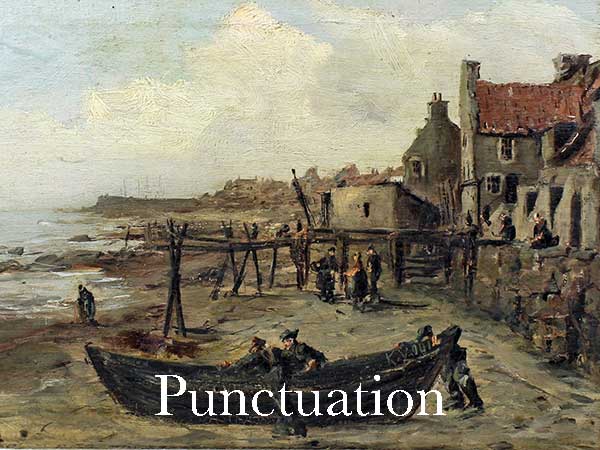
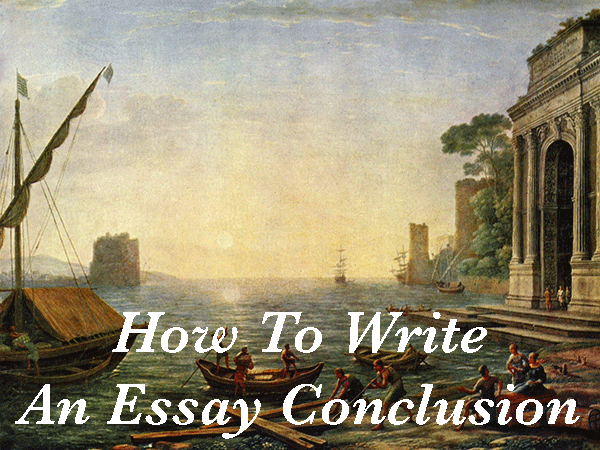
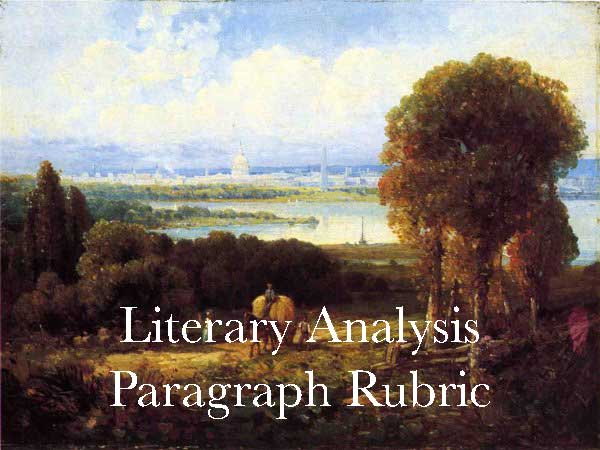
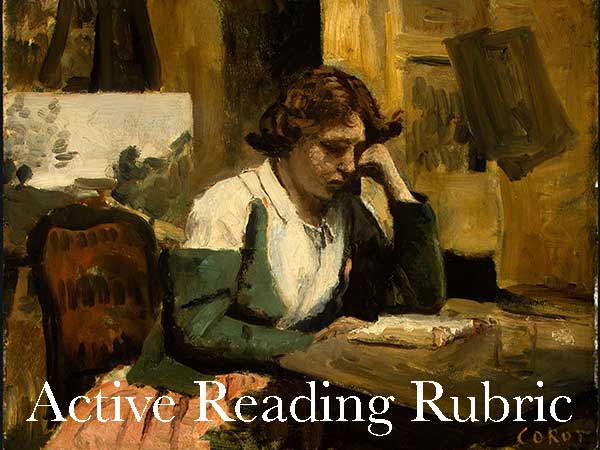


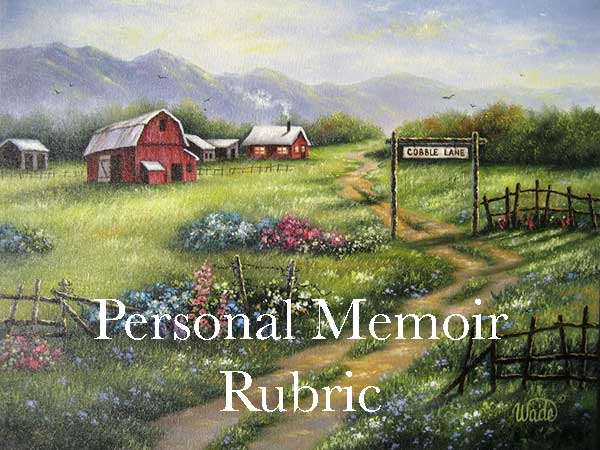
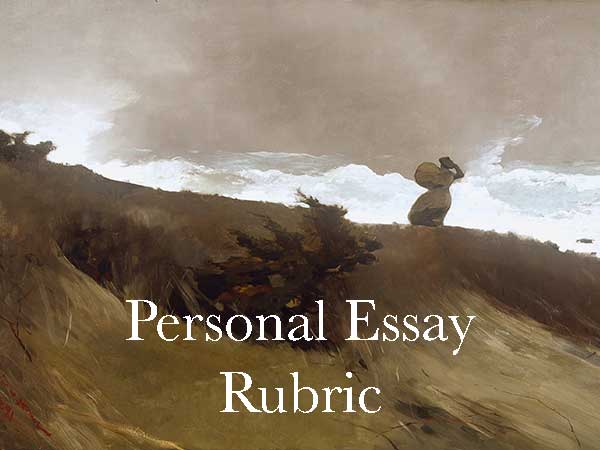
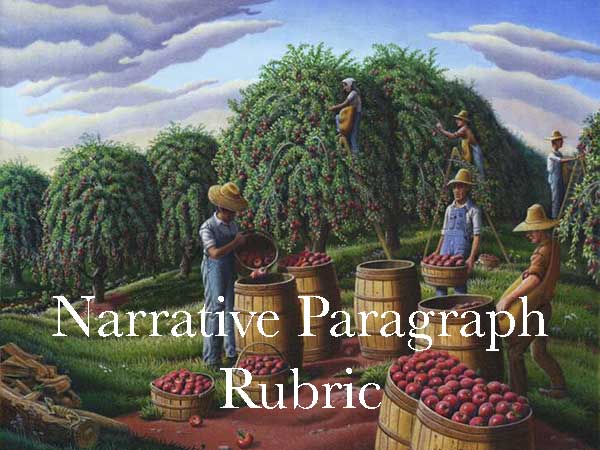
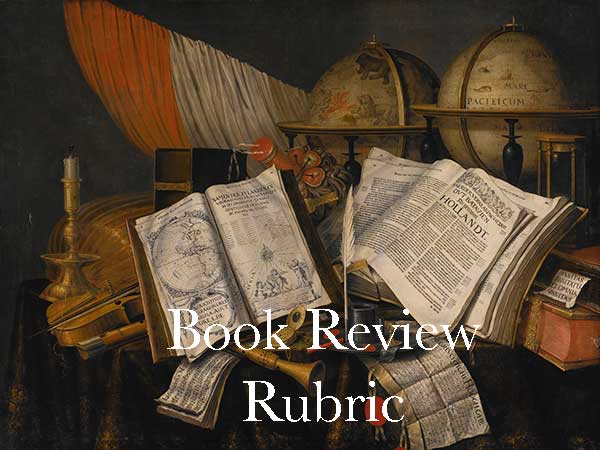
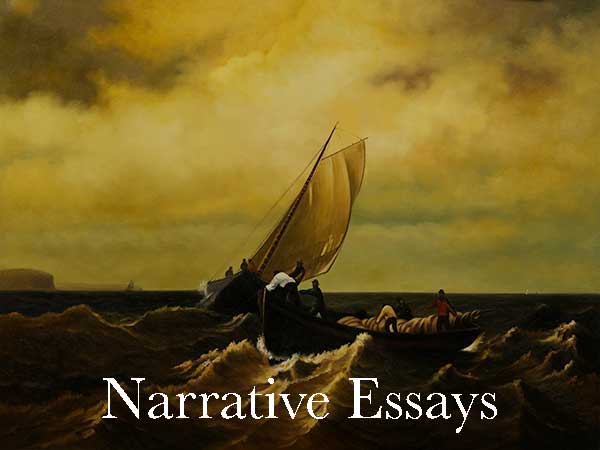
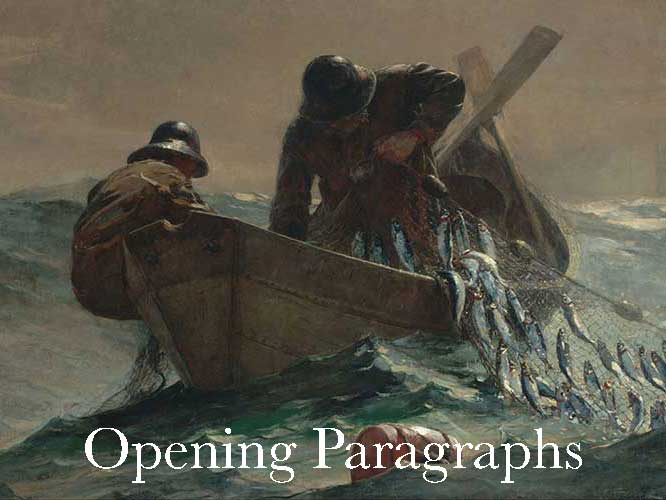
The Crafted Word: Tell Your Story
